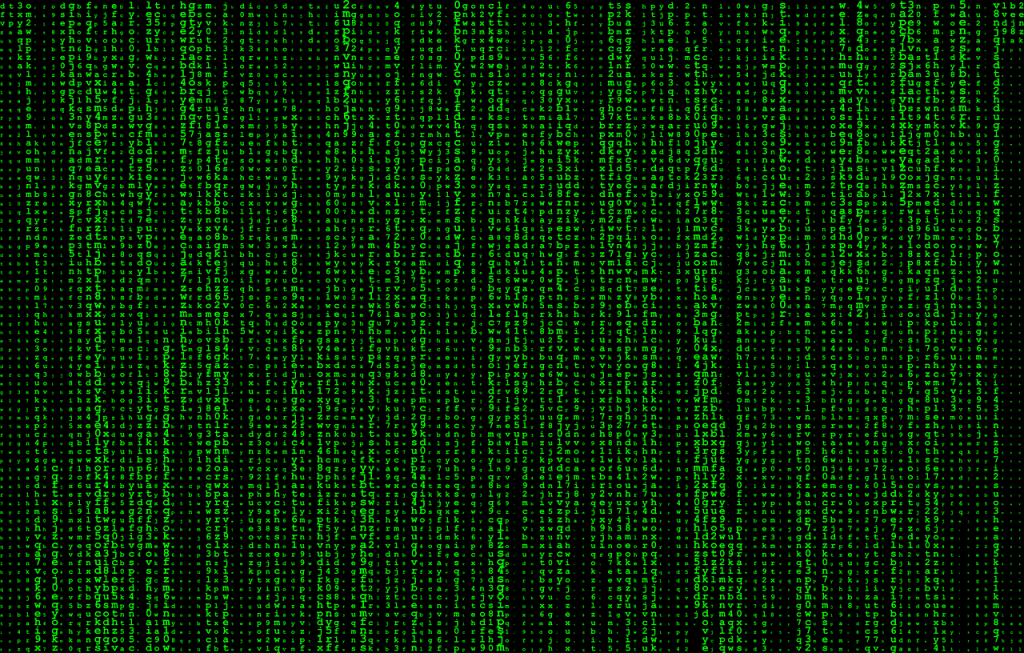By Aryan Aggarwal
The last decade has seen numerous unnecessary sequels, reboots and spin-offs. While some have experienced both critical and commercial success, for every Rise of the Planet of the Apes there is a Ghostbusters: 2016, an unnecessary sequel that unites critics and fans in their distaste. The Matrix Resurrections, unfortunately, falls in the latter category. From an unambitious plot to bland action set pieces, The Matrix Resurrections fails to answer the question haunting every reboot: should it even exist?
The Matrix Resurrections attempts to act as a meta-commentary on the nature of forced sequels. The movie goes ahead to state, “Our bosses at Warner Brothers will make a sequel, whether we like it or not.” By constantly contrasting the movie with the original (to the extent that they replay clips from the original), Lana Wachowski is perhaps trying to poke at the question of whether the past repeats itself in new forms continuously. While being an ambitious task, constant shoddy execution cripples the final product.
The movie begins with a similar setting to the original Matrix in 1999. We see a depressed and worn-out Neo now as an award-winning game developer, unaware of the reality of his artificial existence. Neo, living as Thomas Anderson, is surrounded by the reminiscence of his previous adventures. Agent Smith, now played by Jonathan Groff, is now his boss and the love of his life, Trinity, is a stranger he often stumbles into at a nearby cafe. With a couple of unique additions such as a new vision of Morpheus played by Yahya Abdul-Mateen II and a bit of witty commentary on the nature of corporate-forced sequels, the movie soon begins to run out of novel ideas. The plot begins to pick up pace as Neo is forced out of the Matrix by a group of rebels, counting on him to once again save the world. Sound familiar?
It is not just the plot, but almost every aspect of the movie seems to be an empty replica of the past. The standard latex and shiny costumes are repeated, as is the ground-breaking ‘bullet time’ action sequence; and even the iconic Neo versus Agent Smith duel from the first movie makes a comeback. However, after nearly two decades of constant Hollywood blockbusters with the standard rehashing of world-ending sequences, none of what “The Matrix Resurrections” offers feels new. There is nothing wrong with honouring the legacy of the past and having a sense of nostalgia. However, this movie feels like a shallow ghost version of the cultural reset that was the original Matrix trilogy.
Surprisingly, the acting falls short on multiple accounts. While, as a fan, I was thrilled to witness Keanu Reeves resume his role as The One, his sharp looks and quick action moves are replaced by a rugged and withering old Neo. Throughout the cast, Carrie-Anne Moss playing Trinity has the most interesting role. Unfortunately, her solo performance is unable to pull the dead weight of everyone else in the movie.
The primary reason behind the exceptionally low rating is that the fourth Matrix movie destroys the meaningful sacrifices made by our protagonists at the end of the original trilogy. Without going into spoilers, by reviving characters and concepts that came to a satisfactory conclusion, Lana Wachowski ultimately destroys the legacy of her own movies.
Each instalment of the Matrix trilogy, including the muddled and confusing Matrix Revolutions, attempted to push new philosophical ideas and bring experimental filmmaking techniques into the mainstream. This is why the movies stand the test of time. The Matrix Resurrections will never be part of this family. In the ever-growing pile of forced and unnecessary sequels, The Matrix Resurrections will be yet another addition.



